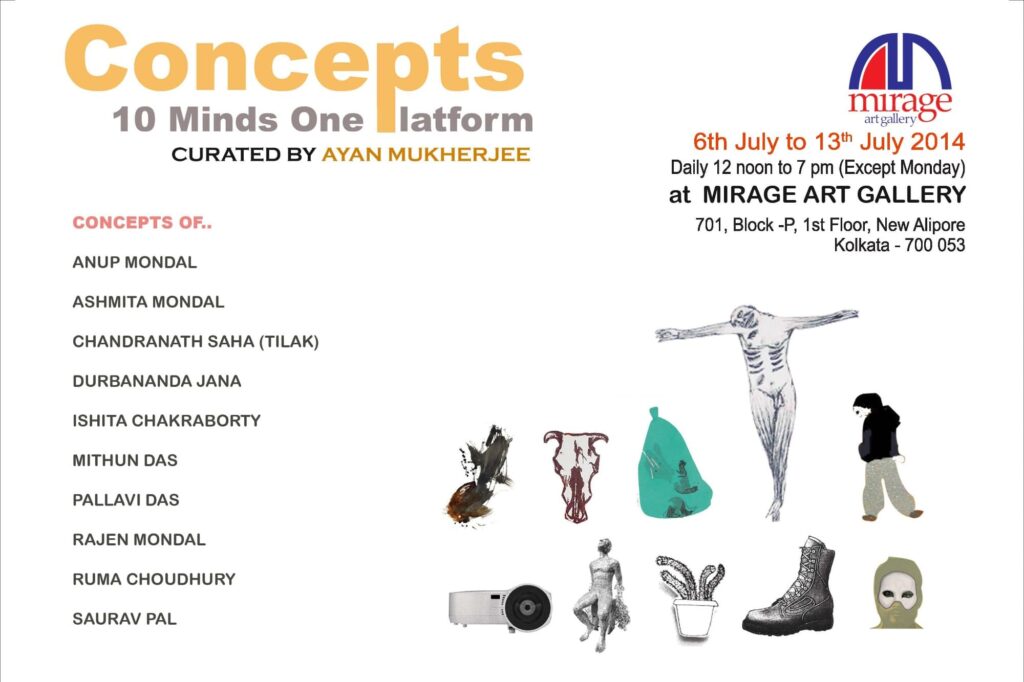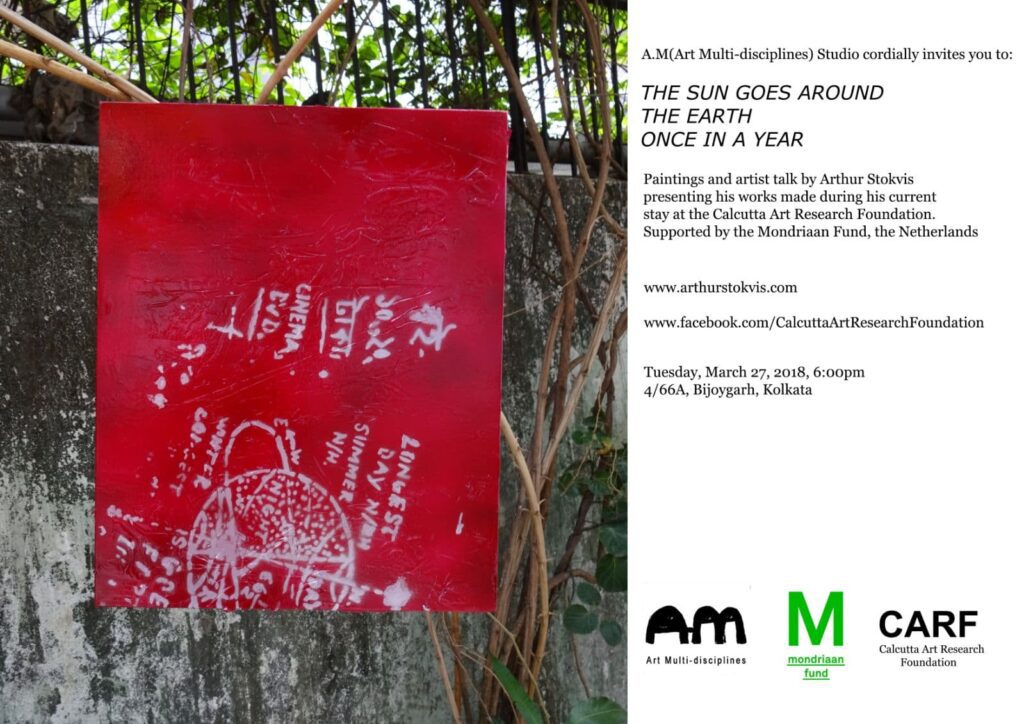Curatorial Space
- 11th Sep – 12th Oct 2018
Sanat Kar (b.1935) is one of the most innovative printmakers of his time, besides being a prolific painter and sculptor too. Since early in his life he was enchanted by the immense prospect printmaking held as a creative medium. His technical expertise, coupled with his unique style and thematic concerns, is the hallmark of his works.
Largely self-taught in print-making, he discovered the possibility of using printing-ink as an etching ground. It opened up the possibilities of having fine and supple lines akin to water-color brush-lines. He went on to invent newer methods of intaglio on wood, ply-board, cardboard and even sun-mica. On all these surfaces he could etch, with great élan, most delicate unrestricted lines which lent themselves to create the lyrical mood of his works.
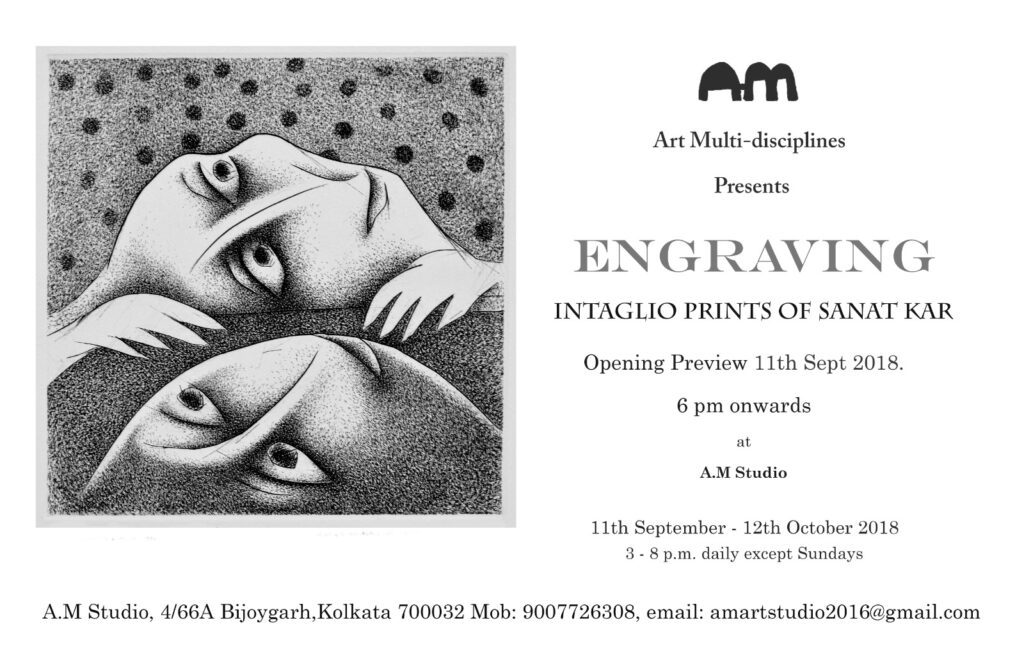
- 27th July 2018
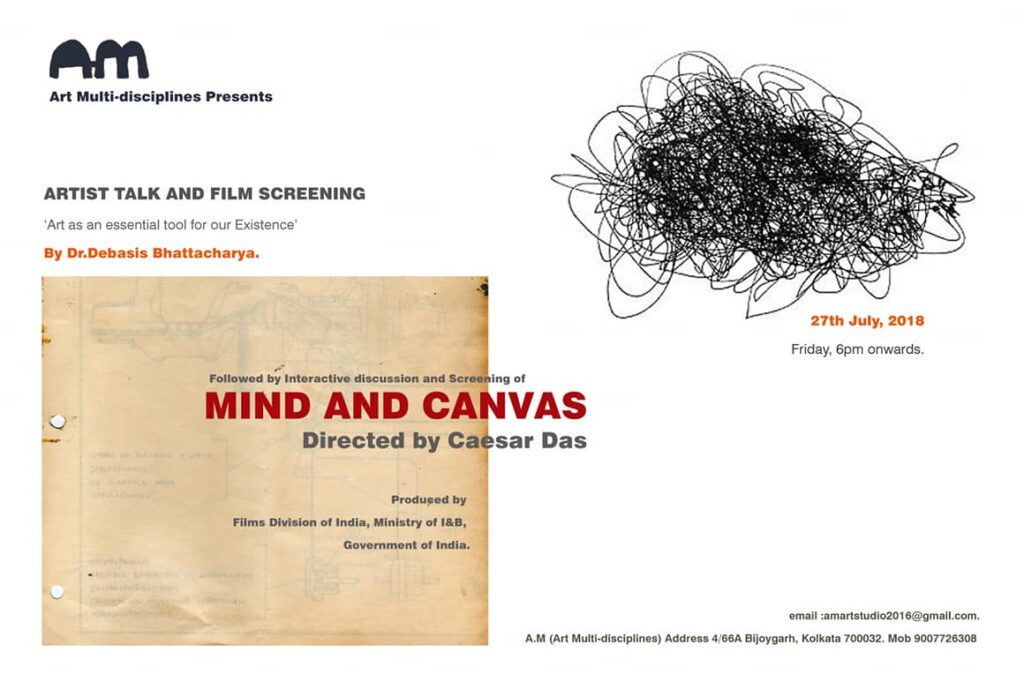
- 14th April – 3rd June 2018
For quite some time now, I have been wondering what it would be like to converge a group of narratives into a single conceptual framework. Once seeded, the idea of coalescing the age-old idiom of short stories and the ‘trending’ form of short films with the exploration of contemporary mediums in today’s visual art practice took on a life of its own. After a prolonged brainstorming session with myself, I came up with the idea of ‘storytellers’ or “raconteurs.” I aimed to develop my stories and concepts into a project that would be narrated in predominantly visual language by my collaborative contemporary visual art practitioners. On a personal level, it was exhilarating to float a platform where I would get a chance to experiment with this idea of showcasing artworks that would narrate discrete stories using varied mediums, where the artists would dissolve the lines of convention and be at liberty to explore and express themselves as writers, but in their native language, i.e., the language of the visual arts.
As I moved forward in this journey, the next step, decisive for the rationalisation of this project, was how it could be related to and set in the context of short stories and short films, which I mentioned earlier. Here I would like to share an honest insight—let’s call it a ”clue’—that brought me closer to a resolution. The clue, at least the way I see it, was my studio space. This guided me to the format of the show. My studio space, as we can all see and understand, is an intimate one. The site-specific sensibility has been a common underlying factor in all the shows I have visualised and mounted here. The cube has its own charm as well as limitations, which I used to my advantage by ignoring conventions. That’s when I stretched the wings of my imagination and went all out to make this wish a reality by displaying the stories episodically, not together in a group, which is the routine process for organising a group exhibition.
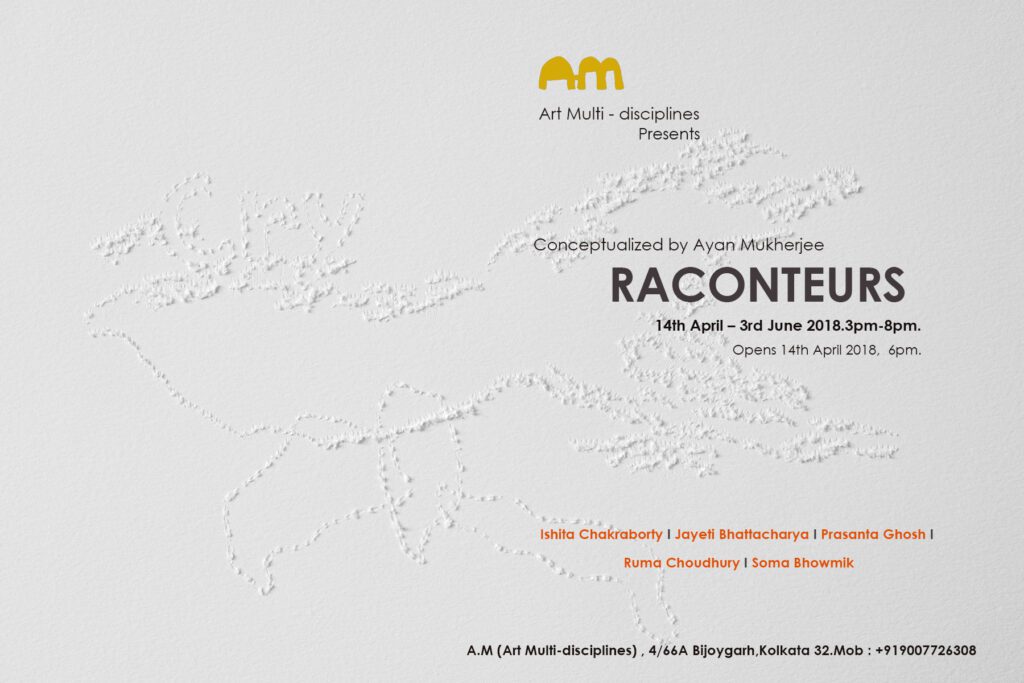
- 28th Jan 2018
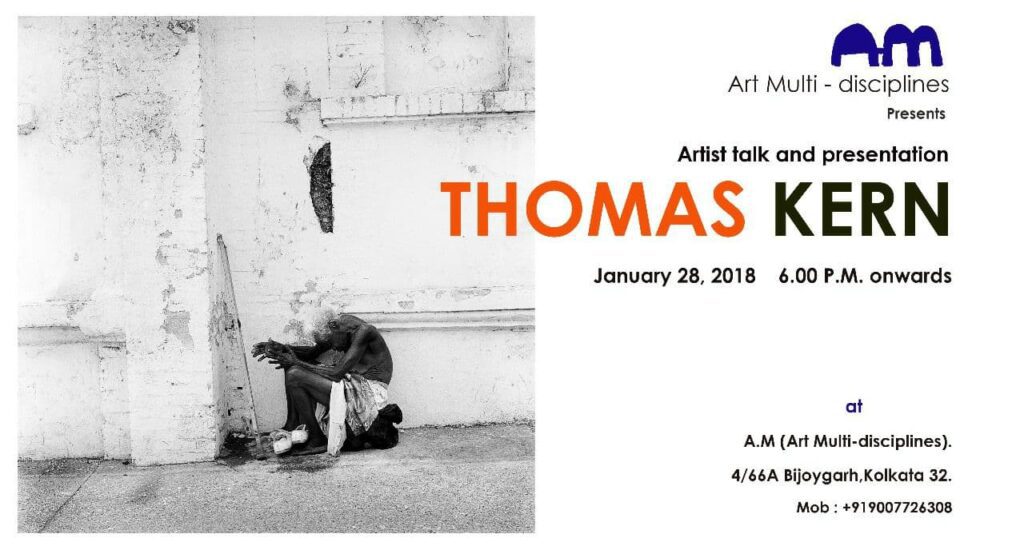
- 7th Feb – 4TH March 2017
My main subject in this exhibition is printmaking. This medium has its roots in Bengal and has come a long way in contemporary times. We are aware of the fact that printmaking as a regular art practice was established in Kolkata with the setup of the graphics studio of the Society of Contemporary Artists Group in 1960. The seeds were planted by a group of artists from Bengal: Arun Bose, Somenath Hore, Suhas Roy, Sanat Kar, and Shyamal Dutta Ray, to name a few.
Individually, Suhas Roy has been immensely engaged with this procedure personally throughout his working life. People are well accustomed to his name as a major painter of Bengal, and rightly so, but as a print maker, we feel the art lovers and art collectors barely have good knowledge regarding this fact. Many have hardly known him as a printmaker and have very rarely had opportunities to experience his work. We know about his sudden demise very recently, which has created a huge void in the art fraternity to fill.
I deeply aspire to showcase some of his graphic works in this exhibition. The plan is to exhibit the art works of three individual printmakers from three generations and time periods. We would start with Suhas Roy, one of the pioneers who started off in the SCA studio in the 1960s. Then, maintaining the timeline from the 1990’s onwards amongst the practicing printmakers in Kolkata, I would display Atin Basak’s works, and coming to contemporary times, the works of Srikanta Paul, who is a printmaker and has been seriously involved with this procedure in recent times, would be showcased.

- 10th Jan – 13th Jan 2017
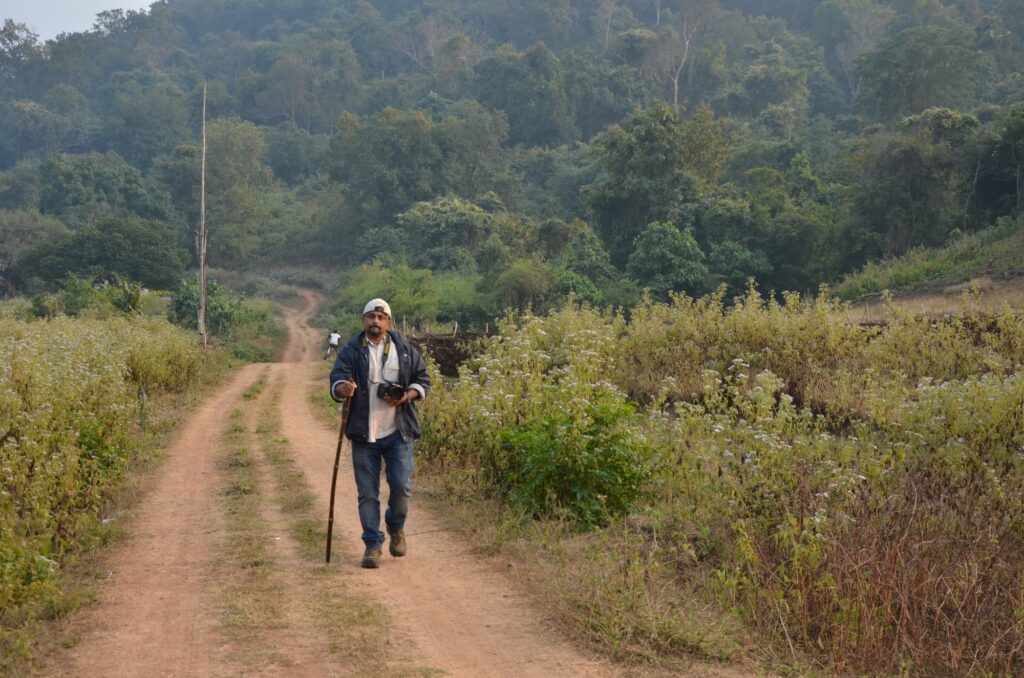
- 26th Sept – 17th Oct 2015
How do we, as human beings, describe our existence? Well, the human body can best be defined as a concrete structure built up of various emotions, judgments, thoughts, memories, and much more than this. Let’s put it straight in this way: we, as human beings, are moreover an entirety of different spaces and aspects, a togetherness of various feelings.
My heart has always provoked me to do meaningful art shows reflecting my thoughts and ideas. May be it was the compulsion of my mind and heart, following which I came to the conclusion. The conclusion is this very show.
In absoluteness, if we visualise our lives, we may find them to be nothing but an ensemble of assorted situations and feelings, which, in a broader sense, can be termed spaces. In my opinion, these spaces can be personal, social, cultural, professional, and, in today’s society, social media.
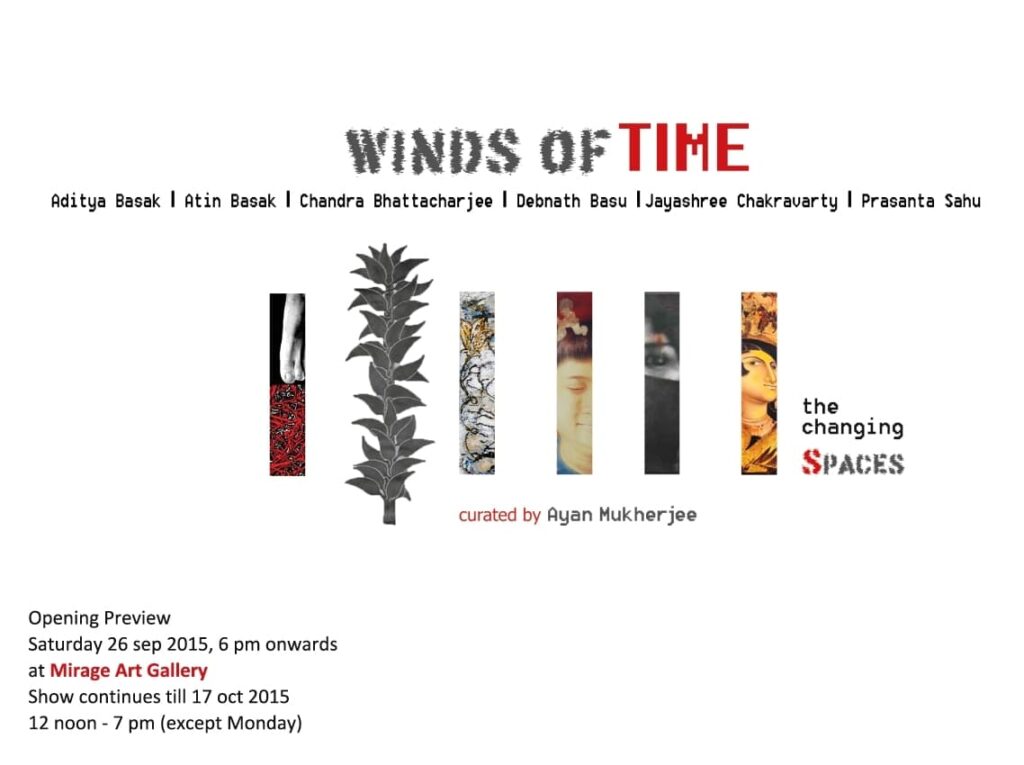
- 6th July – 13th July 2014
Our mind wants to explore; it has always been obsessed with paving the way for new thoughts and ideas. It is this nature of the mind that provokes one to explore new areas and ideas. The very fact of being a part of numerous thoughts of different minds brought me to a stage where an urge to explore the dynamism of different minds became profound, and a need to give proper shape to this very urge became inevitable. It’s very interesting to think in this way that the source of any creation, and in this case, art, is so varied yet they keep happening and different forms of art continue to take birth in different minds. At this time, we find different artists giving birth to different creations using different mediums according to their preferences. This reality has taken centre stage in the development of the urge for an experiment and the creation of a display where this dynamism of thoughts through different mediums by different artists can be brought together. Without the binding of a specific theme, freedom of artistic voice and expression became a priority of this experimental urge.
